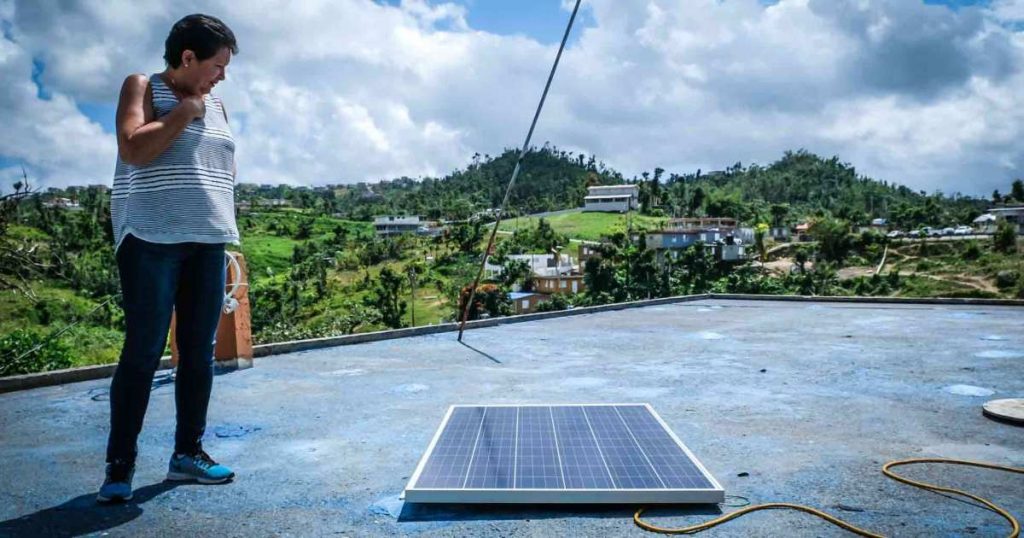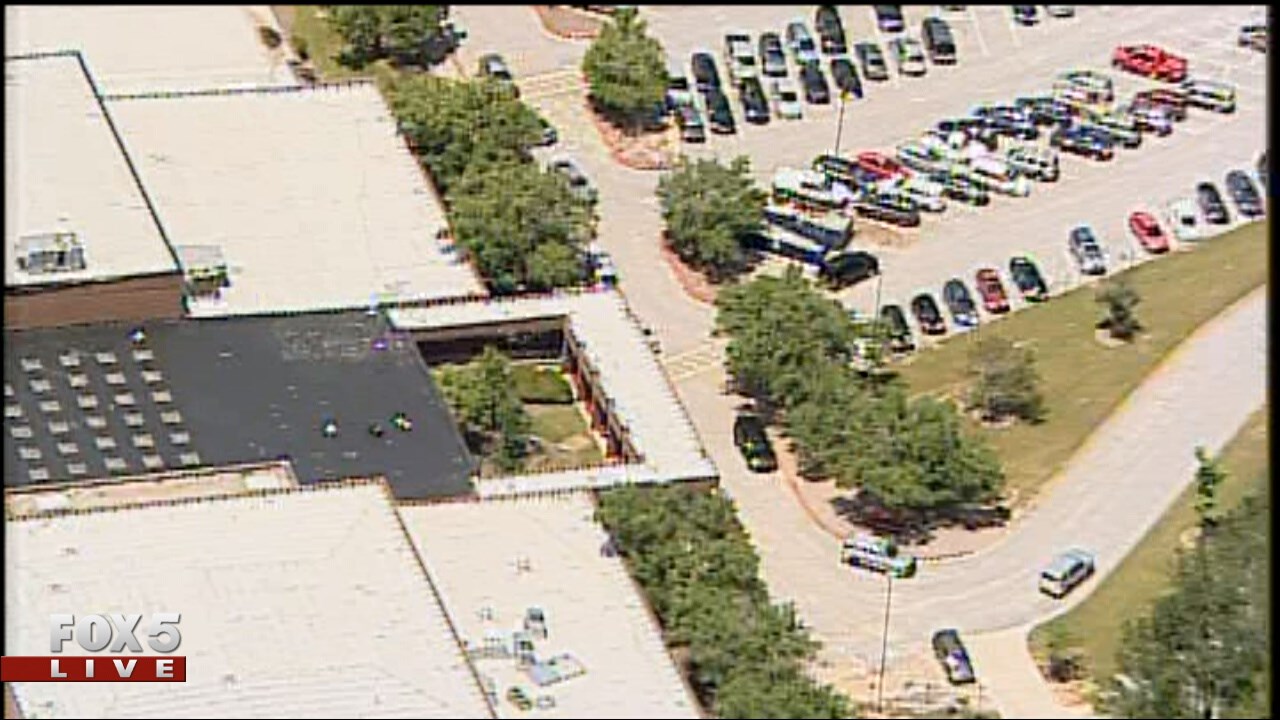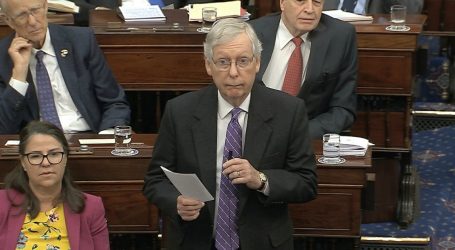Portraits of Suffering and Resilience in Puerto Rico Six Months After Hurricane Maria
Looking for news you can trust?Subscribe to our free newsletters.
Today marks six months since Hurricane Maria made landfall and ripped through Puerto Rico, lashing the island with winds well above 155 miles per hour and devastating the homes and communities of many of its 3.4 million residents. Many people forget that three weeks before Maria, Hurricane Irma passed just north, causing $1 billion in damages, killing several, and knocking power out to nearly half of the island. Maria’s follow-up hit on the island was even more brutal: direct, passing in a diagonal line from the southeast to the northwest, sparing nothing.
Eduardo Meléndez, a Puerto Rican photojournalist, has spent the last six months documenting life on the island. From the weeks-long cleanup to lines for gas and ice to protests to lack of electricity to this day, he’s tried to capture what he sees. I asked him what it’s been like to watch and to live through:
“Draining. Hopeless. You have a government who instead of helping the country is helping itself to whatever is left. We have seen thousands of people in dire need of help and resources while the government is spending thousands upon thousands on contracts for their friends.”
Here’s a selection of Meléndez’s work from the last six months.
Manatí: A day after the storm, people gather to remove debris from a highway. They were not waiting for the government. September 20, 2017.
Ciales: Entrance to the community of Residencial Dos Rios. September 30, 2017.
Yauco: A survivor cleans up. September 26, 2017.
San Juan: A line to enter Walmart. After the storm, hour-long waits outside grocery stores and pharmacies were common. September 23, 2017.
Guaynabo: Puerto Ricans queueing for gasoline. September 24, 2017.
Toa Baja: Thousands endure hour long lines to buy ice, mostly needed to preserve loved ones’ medicine. Sales were limited to two bags per family. September 27, 2017.
Lares: This girl was temporarily living in a shelter established in a school classroom. October 11, 2017.
Las Marias: These two men lived with their parents in a home high in the hills of central Puerto Rico. They’re standing in what was once their living room. October 11, 2017.
San Juan: Protesters march through Old San Juan toward La Fortaleza, the governor’s residence, to demand electricity restoration. Many had endured four to five months without power at this point. January 20, 2018.
Old San Juan: Electricity protest. Sign says “Power for Caguas,” a city located in inland Puerto Rico. January 20, 2018.
A group of teachers in the mountain town of Orocovis talked to us about the pressures of working without electricity for the last six months, and amidst worries that their school would be closed. March 16, 2018.
Yabucoa: The inside of a beachside chinchorro lays in ruins, near where the eye of the storm passed through six months earlier. March 14, 2018.
Las Piedras: For six months, Beatriz Santana has had to care for her father, Guillermo Santana, without power. March 18, 2018.Beatriz Santana shows how she feeds her father through a tube every two hours. March 18, 2018.
After Beatriz posted to Facebook about her father’s condition and their lack of electricity, someone donated a solar panel to power a small refrigerator and other essential needs for Guillermo. March 18, 2018.




